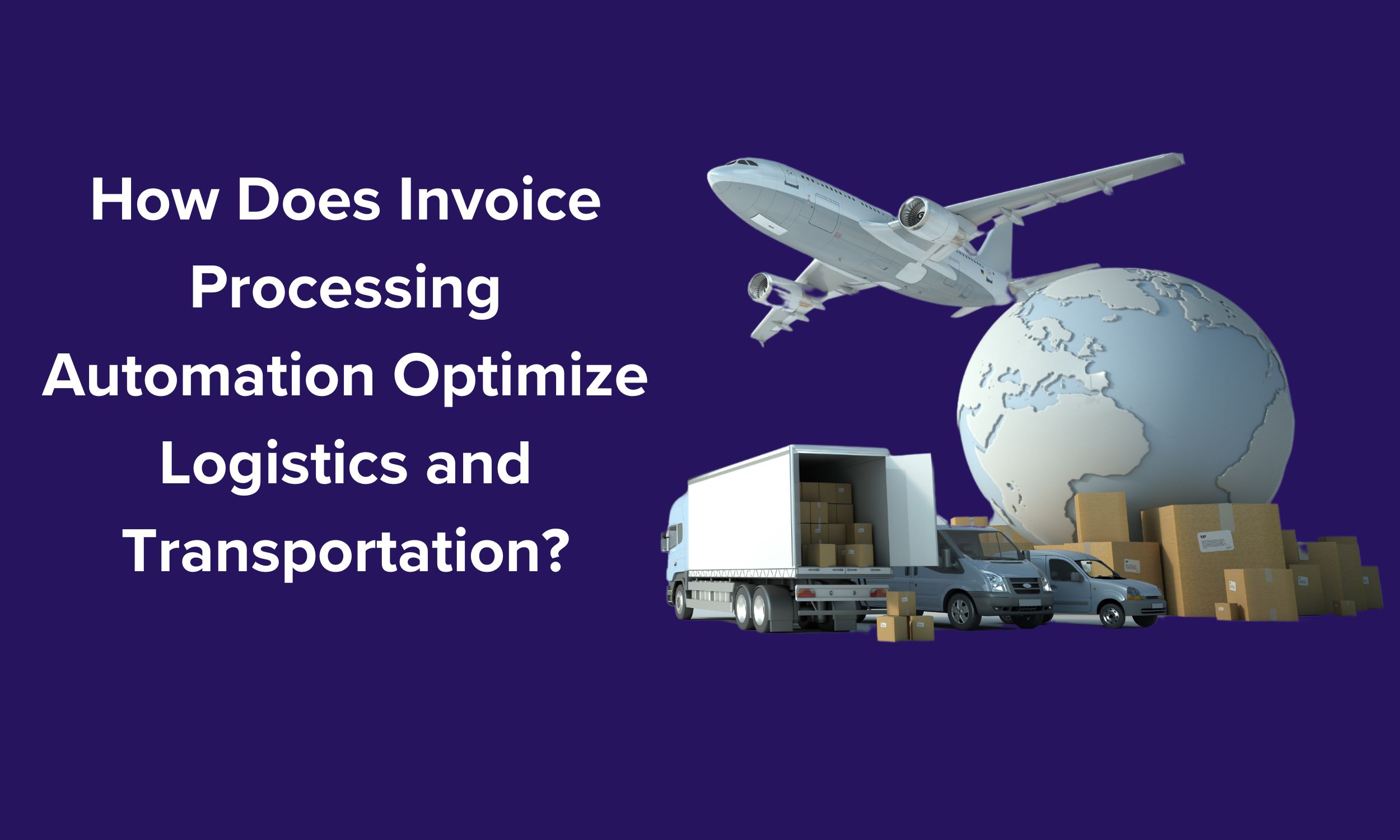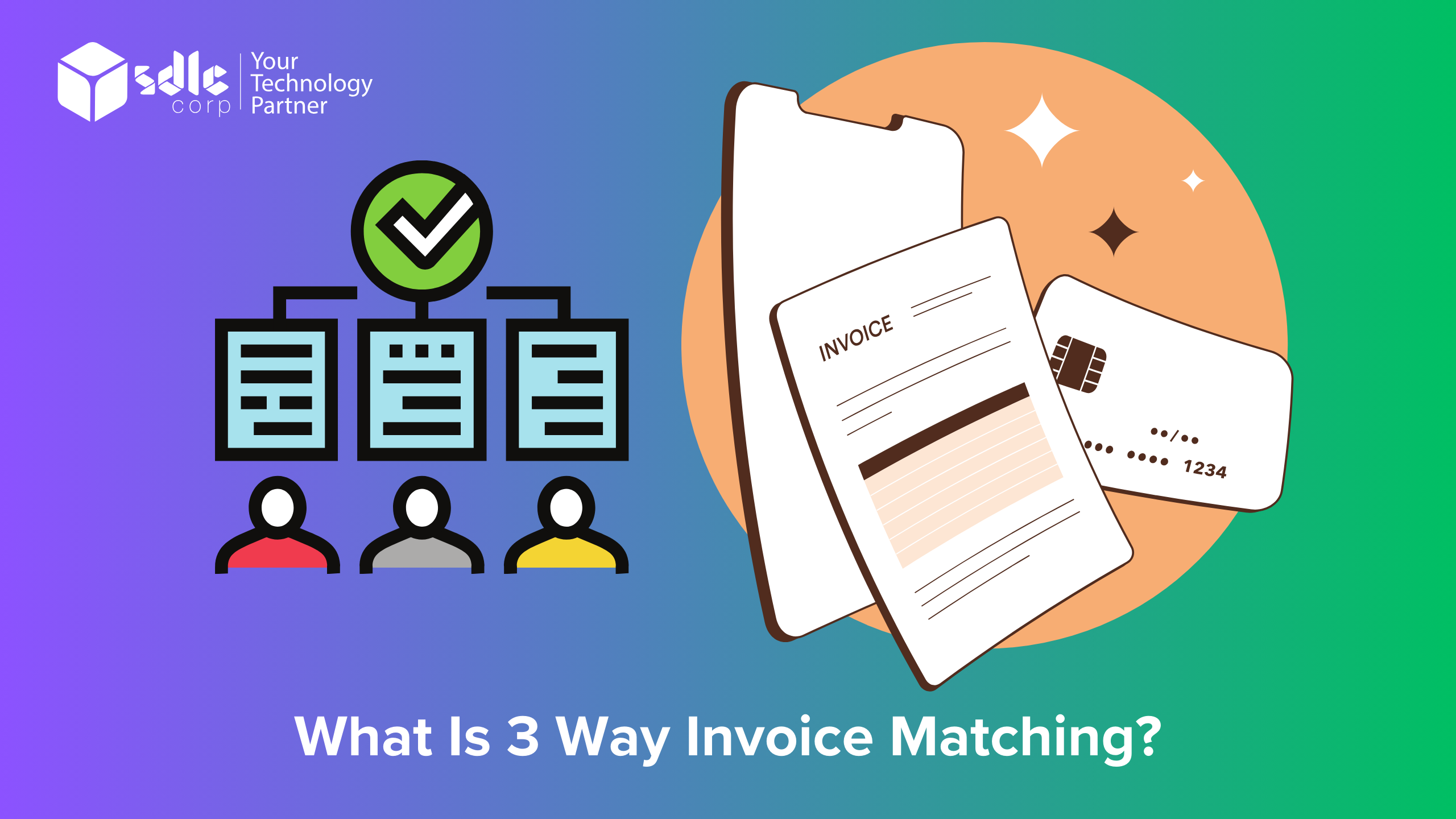Financial Statement Analysis: What is it & how it works in?
Financial statement analysis is a critical process for evaluating a company’s financial health and performance. It involves scrutinizing key financial documents such as the income statement, balance sheet, and cash flow statement to gauge aspects like profitability, liquidity, and solvency. Analysts utilize various ratios and metrics derived from these statements to assess different facets of the company’s operations. Accounts payable, representing the amount owed to suppliers for goods and services purchased on credit, are integral to this analysis. They contribute to liquidity assessment, working capital management, and cash flow analysis. High accounts payable balances relative to other liabilities may indicate effective use of trade credit, but excessive levels could signal liquidity challenges. Monitoring accounts payable turnover ratios and days payable outstanding metrics helps evaluate how efficiently the company manages its payables. Ultimately, understanding and analyzing accounts payable alongside other financial metrics are essential for making well-informed investment, lending, or managerial decisions.
How Its Work?
Financial statement analysis involves examining and interpreting a company’s financial statements to gain insights into its financial health and performance. It’s a crucial tool for investors, creditors, and other stakeholders to make informed decisions. Let’s break down how it works:
- Understanding Financial Statements: Financial statements typically include the balance sheet, income statement, cash flow statement, and statement of retained earnings. Each statement provides different perspectives on a company’s financial position, profitability, and cash flows.
- Collecting Financial Data: The first step in the analysis is to gather the relevant financial data from the company’s annual reports, quarterly filings, or financial databases. This data includes revenue, expenses, assets, liabilities, and equity.
- Calculating Financial Ratios: Financial ratios are calculated using data from the financial statements to assess various aspects of a company’s performance and financial health. Common ratios include liquidity ratios, profitability ratios, solvency ratios, and efficiency ratios.
- Interpreting Ratios: Once the ratios are calculated, they are interpreted to evaluate the company’s strengths, weaknesses, opportunities, and threats. For example, a high liquidity ratio indicates that a company can easily meet its short-term obligations, while a low profitability ratio may suggest inefficiencies in operations.
- Comparative Analysis: Comparing the company’s ratios with industry averages, historical data, or competitors’ ratios provides valuable context and benchmarks for performance evaluation.
- Trend Analysis: Examining the trends in financial ratios over time helps identify patterns and potential areas of concern or improvement. For instance, a declining profitability ratio may indicate declining competitiveness or operational issues.
- Forecasting and Projections: Financial statement analysis can also involve forecasting future financial performance based on historical data, industry trends, and economic conditions. This helps stakeholders anticipate potential risks and opportunities.
- Making Informed Decisions: Armed with the insights from financial statement analysis, investors can make informed decisions about buying, holding, or selling a company’s stock. Creditors can assess the company’s creditworthiness, while managers can identify areas for improvement and strategic planning.
QR codes have become increasingly popular for accessing information quickly and conveniently. In the realm of financial statement analysis, technology plays a significant role in streamlining processes and accessing data efficiently. For instance, analysts can utilize QR code scanners to instantly access a company’s financial reports or relevant data during their analysis process.
What is financial data analysis?
Financial data analysis involves the examination and interpretation of financial data to extract meaningful insights about a company’s financial performance, health, and trends. It encompasses various techniques and tools to analyze numerical data from financial statements, market data, economic indicators, and other sources. The goal of financial data analysis is to provide stakeholders, such as investors, creditors, and managers, with valuable information for decision-making purposes. This analysis helps identify patterns, trends, and relationships within the data, enabling stakeholders to make informed decisions about investments, lending, strategic planning, and risk management.
"Deciphering Financial Statements: Expert Perspectives for Strategic Analysis"
How do businesses use financial data analysis?
Businesses utilize financial data analysis to gain insights into their financial performance, make informed decisions, and improve overall efficiency. Here’s a brief description of how businesses use financial data analysis:
- Performance Evaluation: By analyzing financial data, businesses can assess their profitability, liquidity, solvency, and efficiency. This evaluation helps identify areas of strength and weakness, allowing management to take corrective actions and optimize resource allocation.
- Strategic Planning: Financial data analysis provides valuable insights for strategic planning and goal setting. Businesses can use historical financial trends and projections to develop realistic budgets, set targets, and formulate growth strategies.
- Risk Management: Financial data analysis helps businesses identify and mitigate risks. By monitoring key financial indicators, such as debt levels, cash flow, and market trends, businesses can anticipate potential risks and take proactive measures to minimize their impact.
- Investment Decisions: Whether it’s investing in new projects, equipment, or market expansion, financial data analysis plays a crucial role in investment decision-making. Businesses evaluate the potential return on investment (ROI), assess risk factors, and prioritize investment opportunities based on their financial analysis.
- Cost Control and Efficiency Improvement: Analyzing financial data enables businesses to identify cost-saving opportunities and improve operational efficiency. By monitoring expenses, analyzing cost structures, and identifying inefficiencies, businesses can streamline processes and optimize resource utilization.
- Compliance and Reporting: Financial data analysis ensures compliance with regulatory requirements and accounting standards. Businesses analyze financial data to prepare accurate financial statements, comply with tax regulations, and fulfill reporting obligations to stakeholders, investors, and regulatory authorities.
- Performance Benchmarking: Comparing financial performance against industry peers and competitors provides valuable benchmarks for businesses. Financial data analysis helps businesses gauge their competitiveness, identify areas for improvement, and set performance targets aligned with industry standards.
Overall, financial data analysis is essential for businesses to make informed decisions, manage risks, drive growth, and achieve long-term success.
What are the benefits of financial data analysis?
- Informed Decision Making: Financial data analysis provides insights into a company’s performance, profitability, and financial health, enabling stakeholders to make informed decisions regarding investments, loans, or strategic initiatives.
2. Risk Management: By analyzing financial data, businesses can identify potential risks such as liquidity issues, excessive debt, or declining profitability, allowing them to implement proactive measures to mitigate these risks.
3. Performance Evaluation: Financial data analysis helps evaluate the effectiveness of business strategies and operational efficiency by comparing key metrics over time or against industry benchmarks, facilitating performance improvements and strategic adjustments.
4. Resource Allocation: Understanding financial data enables organizations to allocate resources effectively by identifying areas of strength and weakness, optimizing investment decisions, and prioritizing initiatives that drive growth and profitability.
5. Stakeholder Communication: Analyzing financial data allows companies to communicate their financial performance and outlook effectively to investors, creditors, and other stakeholders, building trust and confidence in the organization’s management and prospects.
Challenges of Manual Financial Data Analysis
Certainly! Here are five detailed descriptions highlighting the benefits of financial data analysis:
- Informed Decision-Making: Financial data analysis provides crucial insights into a company’s performance, profitability, and financial health. By analyzing key financial metrics and ratios, decision-makers can make informed choices regarding investment opportunities, strategic planning, and resource allocation. For example, analyzing trends in revenue growth and profitability ratios can help executives identify emerging market trends or areas for operational improvement, leading to more effective decision-making.
- Risk Management: Effective risk management is essential for the long-term sustainability of any business. Financial data analysis enables organizations to identify, assess, and mitigate various risks, such as liquidity risk, credit risk, and market risk. By analyzing historical financial data and conducting scenario analysis, risk managers can anticipate potential threats and develop strategies to minimize their impact. For instance, analyzing cash flow patterns can help identify potential liquidity constraints, allowing companies to take proactive measures to manage cash reserves or secure additional financing.
- Performance Evaluation: Financial data analysis serves as a powerful tool for evaluating the performance of a company, its divisions, or individual projects. By comparing actual financial results against budgeted targets or industry benchmarks, managers can assess the effectiveness of their strategies and initiatives. Furthermore, trend analysis enables managers to identify patterns and anomalies in financial performance, facilitating continuous improvement and strategic adjustments. For example, analyzing the return on investment (ROI) of marketing campaigns can help marketers optimize their advertising spend and maximize revenue generation.
- Strategic Planning: Financial data analysis plays a crucial role in strategic planning by providing insights into market dynamics, competitive positioning, and growth opportunities. By analyzing financial trends and conducting scenario analysis, executives can develop strategic plans that capitalize on strengths, mitigate weaknesses, and exploit emerging opportunities. For instance, analyzing the financial performance of competitors can help companies identify gaps in the market and develop strategies to gain a competitive advantage, such as entering new markets or launching innovative products.
- Stakeholder Communication: Transparent and accurate financial reporting is essential for building trust and credibility with stakeholders, including investors, creditors, and regulatory authorities. Financial data analysis enables companies to effectively communicate their financial performance, prospects, and risks to stakeholders through various channels, such as annual reports, investor presentations, and earnings calls. By providing clear and insightful analysis of financial results, companies can enhance investor confidence, attract capital investment, and maintain regulatory compliance. For example, analyzing key financial metrics and trends can help management articulate their strategic vision and performance objectives to investors, fostering a positive perception of the company’s prospects and valuation.
Benefits of What is Financial Statement Analysis and how does it work?
Certainly! Here are five detailed descriptions highlighting the benefits of financial statement analysis and how it works, integrating the keyword “receipt scanner”:
- Informed Decision Making: Financial statement analysis provides stakeholders with valuable insights into a company’s financial health and performance. By examining key financial metrics and trends, investors, creditors, and managers can make informed decisions about investing in the company, extending credit, or implementing strategic changes. Integrating receipt scanners into the analysis process enhances efficiency by allowing analysts to quickly digitize and analyze receipts for expenses, improving accuracy and reducing manual data entry errors.
- Risk Assessment: One of the primary benefits of financial statement analysis is its ability to assess and mitigate risks. By evaluating factors such as liquidity, solvency, and profitability ratios, stakeholders can gauge the company’s ability to weather economic downturns, repay debts, and generate sustainable profits. Receipt scanners further enhance risk assessment by enabling analysts to capture and analyze transactional data from receipts, identifying potential financial irregularities or anomalies.
- Performance Evaluation: Financial statement analysis facilitates the evaluation of a company’s operational and financial performance over time. By comparing current financial ratios with historical data and industry benchmarks, stakeholders can identify areas of strength and weakness, pinpointing opportunities for improvement or expansion. Integration of receipt scanners streamlines performance evaluation by automating the capture and analysis of transactional data, enabling more comprehensive and timely insights into expenses and revenue streams.
- Cost Efficiency: Another benefit of financial statement analysis is its cost efficiency. By leveraging existing financial data and analysis tools, stakeholders can gain valuable insights into a company’s financial position without incurring significant expenses. Receipt scanners contribute to cost efficiency by reducing the time and resources required for manual data entry and processing. By automating the capture and digitization of receipts, analysts can focus on more strategic aspects of financial analysis, improving productivity and resource allocation.
- Transparency and Accountability: Financial statement analysis promotes transparency and accountability within organizations by providing stakeholders with clear, objective insights into financial performance. By conducting a thorough analysis of financial statements and ratios, stakeholders can hold management accountable for their stewardship of company resources and adherence to financial goals. Integration of receipt scanners further enhances transparency by ensuring accurate and verifiable recording of expenses and transactions, reducing the risk of fraud or financial mismanagement.
Overall, financial statement analysis is a powerful tool for stakeholders seeking to understand and evaluate a company’s financial health and performance. By leveraging technology such as receipt scanners, analysts can enhance the efficiency, accuracy, and depth of their analysis, enabling more informed decision-making and risk management.
"Mastering Financial Statement Analysis: Insights from Industry Experts"
Conclusion
Certainly! Here are five detailed conclusions for the topic “What is Financial Statement Analysis and how does it work?” integrating the keyword “account payable”:
- Understanding Financial Health: In conclusion, financial statement analysis serves as a powerful tool for stakeholders to gauge a company’s financial health and performance. By examining key financial ratios derived from balance sheets, income statements, and cash flow statements, analysts can gain insights into various aspects such as liquidity, profitability, and solvency. Through this process, stakeholders can assess a company’s ability to manage its obligations, including its accounts payable, which are crucial for maintaining healthy cash flow and supplier relationships.
- Decision-Making Support: Financial statement analysis provides decision-making support for investors, creditors, and managers alike. Investors rely on this analysis to make informed decisions about investing in a company’s stock, while creditors use it to evaluate creditworthiness and lending risks. Managers utilize financial statement analysis to identify areas for improvement, optimize operations, and manage accounts payable efficiently to enhance liquidity and profitability.
- Comparative Analysis Insights: Another key takeaway from financial statement analysis is the importance of comparative analysis. By comparing a company’s financial ratios with industry benchmarks, historical data, or competitors’ performance, stakeholders can gain valuable insights into its relative strengths and weaknesses. For instance, a higher accounts payable turnover ratio compared to industry peers may indicate more efficient management of supplier credit terms, contributing to better cash flow management and financial stability.
- Risk Assessment and Mitigation: Financial statement analysis enables stakeholders to assess and mitigate various financial risks effectively. For instance, a high dependency on short-term debt or a significant increase in the accounts payable turnover ratio may signal potential liquidity risks. By identifying such risks early through comprehensive analysis, stakeholders can take proactive measures to mitigate them, such as renegotiating payment terms with suppliers or diversifying funding sources to reduce reliance on short-term debt.
- Continuous Monitoring and Adaptation: Lastly, financial statement analysis is not a one-time activity but a continuous process that requires regular monitoring and adaptation. Market dynamics, industry trends, and regulatory changes can impact a company’s financial performance and risk profile over time. Therefore, stakeholders must stay vigilant and update their analysis periodically to reflect the latest developments. By continuously monitoring accounts payable and other financial metrics, stakeholders can adapt their strategies and decisions to navigate changing business environments effectively.
FAQs
1. What is financial statement analysis?
Financial statement analysis involves the examination and interpretation of a company’s financial statements to assess its financial health and performance. It aims to understand various aspects such as profitability, liquidity, solvency, and efficiency by analyzing data from balance sheets, income statements, cash flow statements, and statements of retained earnings.
2. Why is financial statement analysis important?
Financial statement analysis is crucial for investors, creditors, managers, and other stakeholders to make informed decisions. It helps investors evaluate the potential risks and returns of investing in a company’s stock or bonds. Creditors use it to assess a company’s creditworthiness and ability to repay debts. Managers utilize it to identify areas for improvement and strategic planning.
3. How does financial statement analysis work?
Financial statement analysis works by collecting financial data from a company’s reports and calculating various financial ratios. These ratios are then interpreted to assess the company’s strengths, weaknesses, opportunities, and threats. Comparative analysis with industry benchmarks and trend analysis over time provide additional insights into the company’s performance and financial health.
4. What are the key financial ratios used in analysis?
Commonly used financial ratios include liquidity ratios (e.g., current ratio, quick ratio), profitability ratios (e.g., net profit margin, return on equity), solvency ratios (e.g., debt-to-equity ratio, interest coverage ratio), and efficiency ratios (e.g., inventory turnover, asset turnover). These ratios provide different perspectives on the company’s financial position and performance.
5. How can technology enhance financial statement analysis?
Technology plays a significant role in streamlining financial statement analysis processes. Tools such as spreadsheet software, financial analysis software, and data visualization tools help analysts collect, organize, and analyze financial data more efficiently. Additionally, advancements in artificial intelligence and machine learning enable more sophisticated analysis techniques, such as predictive modeling and data mining, leading to deeper insights and better decision-making.
















